The phrases low carb and bakery are rarely used together – but Seriously Low Carb is hoping to change that.
As the name suggests, the business specialises in low carb products with a low carb loaf, fruit loaf, not cross buns, wraps, super seeded artisan rolls and pizza bases among its line-up alongside brownie and cookie mixes as well as raspberry jam, sauces, and pickles to name a few.
“Developing low-carb food that actually delivers on taste, texture and appearance is no small feat,” explains NPD manager Colette Warren. “Low carb baking however is a whole different ball game and a whole new science which has taken us three years and six generations of bakers to figure out.”
We want to launch a low-carb version of every higher carb category that is not compromised in terms of taste or texture
The loaves typically contain about eight ingredients including wheat gluten, flaxseed, and oat fibre, resulting in a loaf with around 6% carbs compared to the typical 45%, according to the firm.
Reduced carbs, in this case, comes with a significant increase in gluten meaning Seriously Low Carb’s loaves have around 60% gluten. This means the production process must be carefully controlled.
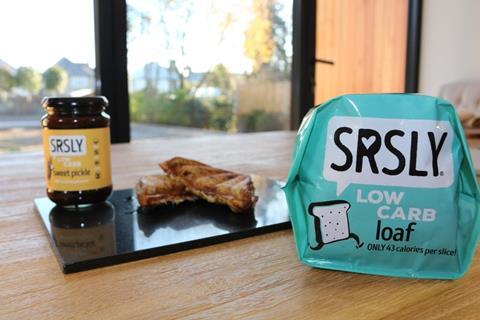
“If we over mix for even 30 seconds too long, the dough becomes too tight to work with,” Warren elaborates. “Where gluten provides stretch and elasticity at lower percentages, working the dough for longer at higher percentages has the opposite effect and it becomes too tough and basically unusable. Similarly, a traditional baker could leave the dough to prove for an extra 10 minutes whereas we have ingredients that can inhibit the yeast, so our proving window is tighter.”
The business’ current baker, who it is keeping a closely guarded secret, has “nailed it” and creates around 50,000 loaves a month for Seriously Low Carb. But investment is underway, and it’ll soon have the capacity to do around four times that amount, notes founder Andy Welch.
It’s just as well as Welch has big plans for the business with a huge potential market for it to tap into. Seriously Low Carb currently sells its wares online, but the wheels are in motion to expand its reach to “indies, the healthy food wholesalers, coffee chains, sandwich emporiums, foodservice, and hospitality and of course the major mults”, Welch says.
While it initially started as a company for fitness fanatics and endurance athletes following a keto lifestyle, it has evolved with 80% of customers buying the products to help with weight loss as well as a sizeable demographic who are diabetic. Seriously Low Carb is partnered with several NHS trusts, offering a discount to patients with ketogenic or diabetic requirements.
A fresh start
The difficulty comes when marketing low carb products as the language used and understood by consumers varies. Keto, for example, is widely accepted in the US but not so much in the UK.
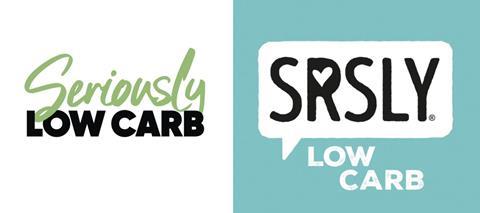
“We’ve got an educational piece to do,” Welch admits, noting that a rebrand is underway and set to launch early next year to help consumers. Using the example of a bagel, he explains that people would be more likely to buy a ‘thin’ bagel over a low carb one as it’s an easier concept to grasp.
“We don’t want to call it the diet loaf or the weight loss loaf, the endurance loaf or the good for diabetes loaf, so how do you catch people walking by in a split second and get them to buy it?”
Seriously Low Carb worked with design consultancy Davies Leslie Smith to come up with the answer. The new branding includes the abridged name SRSLY coupled with vibrant colours for maximum stand out on shelf. Low carb messaging is prominent on the new branding which is described as “an informative identity with ambitious swagger that projected our ‘everyday accessible’ credentials”.
Other messages highlighted on the low carb loaf’s packaging include ‘slim friendly’, ‘low sugar’ and ‘only 43 calories per slice. The Seriously Low Carb Tandoori Chicken Pizza, meanwhile, includes messages ‘all the taste without the sugar’, a keto logo and ‘high protein’.

Finding the right price point
Another potential barrier to purchase is the price as Welch notes “it’s a premium product so there is a premium price tag”. The Low Carb Loaf retails for £3.69 on the firm’s website, while a four-pack of Low Carb Large Rolls sells for £3.59 and the Tandoori Chicken Pizza sells at £5.49 or three for £14.99.
“It’s not the cheapest in the world, just like gluten-free wasn’t,” Welch adds, “but now gluten-free bread is getting cheaper and that’s because bakers have dedicated machinery.
“That’s where our bakery [partner] stands up – it’s a huge amount of loyalty and support to do this with us. It’s a big investment for those guys, especially with the costs of running the machinery.”
Costs are rising across the board which means Seriously Low Carb has seen a “massive erosion” of its already slim margins. But Welch believes price is key if the product is to be ubiquitous.
“If we could make our low-carb bread the same price as a regular loaf of bread, then consumers might buy that instead because it’s better for them,” he says. “We want to be that trusted brand from a global perspective, to show low carb is here to stay so people see it as a beneficial lifestyle choice, and we haven’t even talked about the medical benefits of it.”
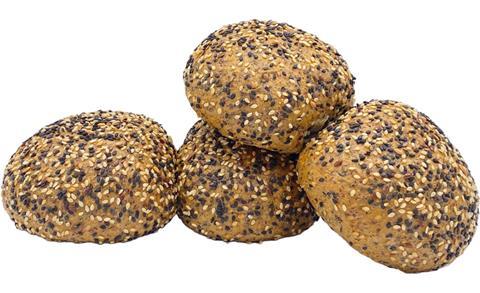
There’s a long road ahead but Welch firmly believes Seriously Low Carb is lined up to achieve its goals to create tasty, nutritional, and convenient products for a wider consumer base.
This could span beyond bakery as well, as Warren concludes: “Ultimately, we want to launch a low-carb version of every higher carb category – croissants, pasta, everything – that is completely not compromised in terms of taste or texture.”



















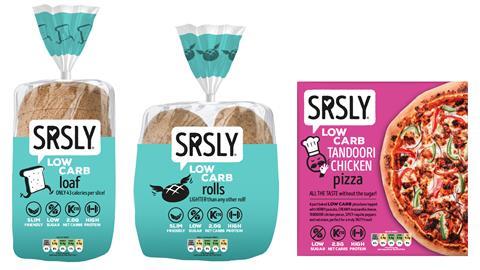


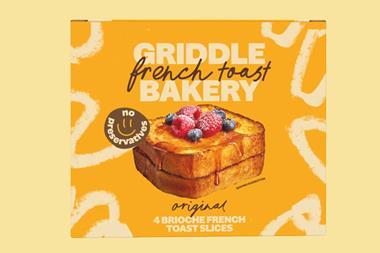
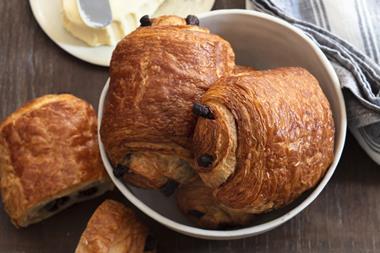

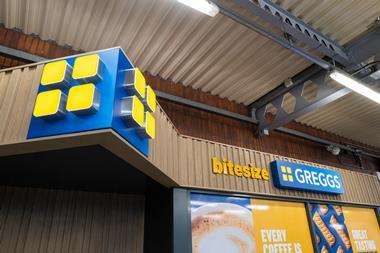


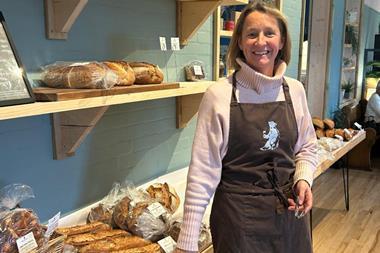

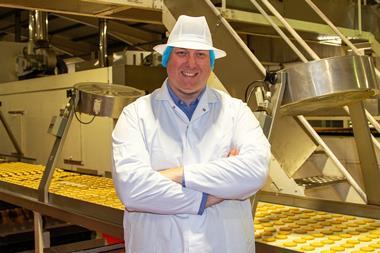
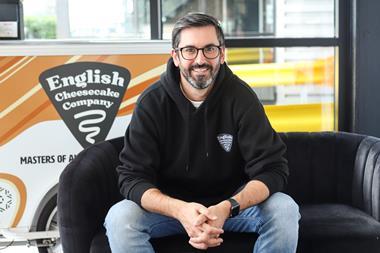

No comments yet